Let’s take a moment and think of a great user experience we had.
I can remember one or two.
For example, when I discovered Crypton Trading, the website that has a Magic 8-ball on the top of the screen with just one possible answer.
Or when I entered Simply Chocolate’s website, and the chocolate bars, their colors, along with the entire page, changed as I scrolled down.
The stunning UX results from seamless collaboration, constant communication, and understanding between different team members and departments.
All the team members merged their efforts to ensure that all the strategy, design, and delivery phases are implemented correctly.
This means the design team, which brings the creative part into the project, has to collaborate with other fellow designers and departments.
Yes, creativity is at the core of any great idea, but that idea also has to be technologically feasible and applicable for the business.
Working in collaboration helps designers and other department members understand the whole picture, how all the members will work together, their needs and preferences. This will help make the transition from an idea to a final product.
So, besides the vital skills, a designer should have, there is also the need for good communication and the ability to collaborate.
What Is Collaborative Design?
Collaborative design is a complex process that involves different team members, roles, and ideas with the purpose of coming up with the best solutions to specific problems or tasks.
All this takes place through various stages of planning and strategizing, improved by constant feedback until the outset creative idea reaches the final goal.
Collaborative design is the second phase after the marketing team finishes the ideation part.
Therefore, after discussing it with the marketing team, the design phase starts. Team collaboration happens offline and online, but we can all agree that it happens online most of the time these days.
Collaboration design is the epicenter of the creative industries, and with the right tools, it can turn into online graphic design collaboration, making the whole process easier to handle.
The team can send design updates, receive feedback in real-time, and change the design according to other members’ suggestions.
What Does the Typical Design Collaboration Process Look Like?
The graphic design collaboration can take place in an agency or a company. If we talk about an agency, the client gives all the feedback and approves the final design.
In a company, this job is for the marketing team. They take all the decisions which will be delivered by the design team.
These steps show how designers collaborate on design projects with the other team members.
Here is the simplified process.
1. The agency/marketing team assembles a creative brief
The design collaboration process starts with the marketing team defining a creative brief. This includes the needed design, its dimensions and format, the project due date, and all the important details the design team will need.
James Eccleston, designer, has a specific process every single time:
| I set a clear destination but without instructing them how to get there. I define the box they can play in and let them have the freedom and responsibility to achieve it. I try to brief my team face to face, but if that’s not possible, I record a video for them. |
2. The design team evaluates the brief
Once the brief reaches the design team, they’ll have to evaluate it. They should go through all the details and see if it’s doable or if anything needs to be changed.
The team can put together a list of questions or doubts and send it back to the marketing team.
The brief has to be revised and updated as many times as needed before the project continues.
3. The design team delivers the first draft
After the design team has confirmed the brief, they can start working on delivering the first draft.
Once that is done, they will send it to the client or the marketing team and ask for their feedback.
4. The agency/marketing team provides feedback
The client or the marketing team now has the first draft, so the first look at the future project. It is now time to decide what needs to be changed and provide clear feedback with actionable suggestions for the design team.
5. The design team takes action according to feedback
After receiving feedback, the design team can start working on the necessary changes and then send the design back to the client or marketing team.
6. The design team delivers the final draft
Steps four and five of the collaborative design process can continue until the design team delivers a draft that satisfies the agency’s client or the marketing team.
After the design team receives the approval on the final version of the draft, they will need to export and deliver it, as mentioned in the creative brief.
The client or the marketing team will then implement the design to reach its purpose. This can mean a social media post or an extended advertising campaign.
Every individual has specific know-how that will fit perfectly within a collaborative design team in a process like this.
But this back and forth process can sometimes be tedious, and the team can even encounter some obstacles in their workflow.
To overcome these impediments, you and your team can implement these collaborative exercises for a seamless process:
5 Ideas to Improve Collaboration in Design
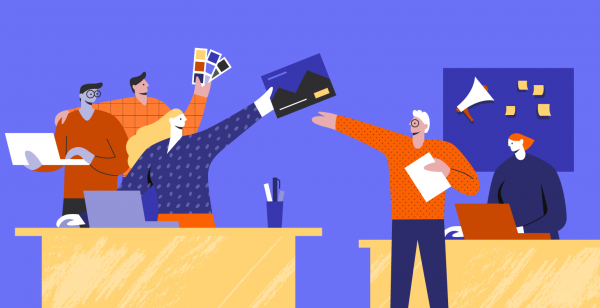
1. Use the right tools
Without a set of resources and the appropriate workflow among team members, design collaboration can get confusing.
Every team member’s skills and commitment to the shared goal are powerful assets for a project. But all of them have to be put together in a collaborative tool so that the team members can work together productively, without workflow interruptions.
Like I mentioned earlier, team collaboration happens offline and online. Still, it takes place online most of the time because, in a marketing team, the members can all be working in the same office or from different cities worldwide.
Madeleine LEDDY, Junior Content Designer at Mention, says that:
| Designers don’t work in a vacuum, and whether you’re in-house or in an agency setting, you are most likely going to be working alongside more non-designers than fellow designers. You’ll be sharing your work and taking continuous feedback from your co-workers or co-project-members, and therefore it’s pretty much necessary to use a design tool that permits non-designers to easily view and explore the work-in-progress, leave commentary, and navigate your design thought process. Especially since a lot of us went remote in 2020 and no longer necessarily have the opportunity to show coworkers or clients our work in live meetings, it’s been of capital importance to me to educate my coworkers/clients on the tools that I use and, in parallel, to orient my own practice towards tools that facilitate these intra-team exchanges. |
Without a proper collaborative design tool, they’ll have to communicate via email or other video conferencing methods, which can slow down the entire creative process.
With Creatopy’s creative collaboration platform, every design team will reach full productivity and forget about delayed feedback. Using this platform, team members can access each other’s designs, leave feedback, and make the necessary changes, which speeds up the entire workflow.
Here’s what Tibi, our Visual Content Coordinator has to say about using Creatopy as a collaborative design tool:
| As a Visual Content Coordinator who works closely with a team of creative minds, I can say that Creatopy facilitated our work and, on top of that, was a huge time-saver. Once we know more details about a project, I create a shared workspace in Creatopy. After this, everything can be organized into separate folders, and we can mark the design’s progress with status labels or leave comments to keep everyone posted. Oh, and we can also establish everyone’s role within the project to know if anyone is in charge of a particular one. |
2. Communicate often with your peers
When all the creative minds come together to build something, another highly important aspect comes into play: communication.
Kevin Cornell, illustrator, says that:
| People need to feel comfortable approaching one another with questions that might sometimes seem stupid, or outlandish. You need to know what others are doing, and they need to know what you’re doing, so you can ensure there’s nothing slipping through the cracks. Essential to good communication is trust. Trust that someone will hang in there when things start going south, that they won’t judge you on your decisions without trying to understand WHY you made them. Trust that they will forgive you when you make mistakes, and they will be forgiven by you. Poor communication leads to misunderstandings and broken promises, and that will erode your ability to work as a team faster than anything else (save any sort of world-crushing pandemic). |
At the beginning of any project, make sure you outline the necessary details for effective communication. Communication is one of the must-have soft skills for creative professionals. The team members discuss ideas, necessary changes, improvements, and important decisions through design sessions.
Present to all the team members the medium in which you’ll all communicate so that everyone can participate. That way, you’ll avoid confusion and frustration from the start.
Tibi adds:
| Having a team of talented, highly skilled, and communicative people will create a working environment in which great ideas come to life. When creativity is backed up by a supportive and open workflow and facilitated by a collaborative tool, you won’t ever need to stop the creative process. |
3. Send regular updates
Having the right collaborative design tool will improve the quality of communication. But besides this, each team member should update the others if something changes, or if on that day they have other priorities, and so on.
Because design collaboration projects have a series of other dependencies, such as other departments, things may not run smoothly every day. Anything that can affect the normal process should mean a new update to see how that changes the process’s course.
4. Embrace team feedback
Collaboration is a mix of communication and constant feedback among peers.
At the beginning of the project, this working method based on feedback needs to be presented clearly. It needs to be specified when and where these will happen and which tools you will use to facilitate the collaborative design process.
With Creatopy’s creative collaboration platform, designers can set the status of their work, ensuring that everything works according to plan, leaving out delays and possible confusion.
Moreover, all the other designers will have access to everyone else’s latest version of their work to avoid misusing the wrong version.
Here’s James Eccleston’s approach when it comes to giving feedback:
| Let your team know when they have done something well, and let them know when and how they need to improve. Bonus: Add in fun things like #FailFriday when you upload Design Fail gifs. |
5. Evaluate the overall process
Once the design collaboration process ends, all the team members should have a short evaluation of themselves and other team members.
This way, all the team members can say if and where they encountered difficulties.
Moreover, they can share their opinion on the process and if it needs any adjustments in the future. Again, communication is one of the most important aspects of a design collaboration process.
Why Design Collaboration Is Here to Stay
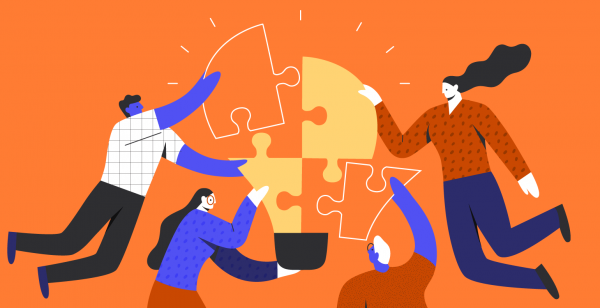
We strongly believe that collaborative design is the future. Here’s why:
1. It fosters empathy among team members
A team is not a group of people that work together. A team is a group of people that trust each other. – Simon Sinek
When a team works together in perfect collaboration, they understand each other’s ideas and needs, which is the beginning of a nurtured and positive company culture.
Belonging in a team where people have your back in a big, important project provides the feeling of security. If that is mixed with an environment where everyone feels comfortable sharing their opinions, every team member will feel they’re actively participating.
2. It creates a unified vision
The best teamwork comes from men who are working independently toward one goal in unison. – James Cash Penney
The collaboration aspect can be stretched to the external team members. It is the perfect way so that everyone will understand the goal they’re all working for. Every successful project is a result of an amazing team effort.
This means all the members will have the same vision, and the goal will be very clear.
3. It makes everyone work efficiently
When you need to innovate, you need collaboration. – Marissa Mayer
Dave Gray, designer, says that:
| I’m a big fan of visual tools like the business model canvas by Alex Osterwalder and many of the frameworks in Gamestorming. I have found that having a shared visual space for collaboration gets people on the same page more quickly, and it also gets more people involved. In spoken conversations, only one person speaks at a time, and each person can’t help but be influenced by the thoughts that came before. But when people are thinking to themselves and putting thoughts on sticky notes, you not only get more information more quickly, but you get a lot more diversity in the thinking. |
4. It creates collaborative thinking
Design is now too important to be left to designers. – Tim Brown
This is only natural because a complex process has its roots in more than one place. Interestingly, a team member from the design department has to think in terms of marketing and vice-versa. As we’ve seen the typical design collaboration process, we actually witnessed other team members’ participation from outside the design department.
This enables collaborative thinking among peers from different departments.
5. It helps every team member shine
The whole is other than the sum of the parts. – Kurt Koffka
Task distribution is one of the many benefits of design collaboration that allows people to focus on their assignments. Every team member has a strong ability, which they can bring into the collaborative process. Some are better at colors, others at fonts, while others create stunning animations.
With a better focus on a few tasks, every team member will deliver a great result, which, in the end, will be part of the bigger ensemble.
Final Thoughts
A strong collaboration culture is one of the most important factors that will drive a business towards success, one where all the departments have a unified vision.
This vision will help to sustain creative ideas and an environment that encourages feedback and constructive criticism.
With the right team, the right tools, and a place where communication is the key to discovery, great projects will come to life.
We hope you find this piece of article helpful, and you’ll improve the design collaboration process inside your team.
Last but not least, I’ll leave you with something that Tibi said:
| I believe that creativity isn’t something that you can force. There are times when you simply have to stop, take a break, and think of other things. Sometimes an idea can spark just by looking at something around the house, but I can tell you that most of the time was by looking at a work in progress from my colleagues. Having a shared workspace means simplifying the work ten times over (if not more), but the greatest advantage of all is inspiring each other. |

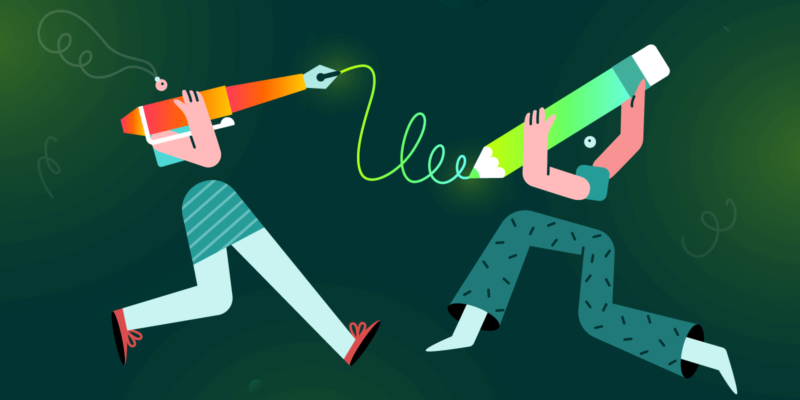
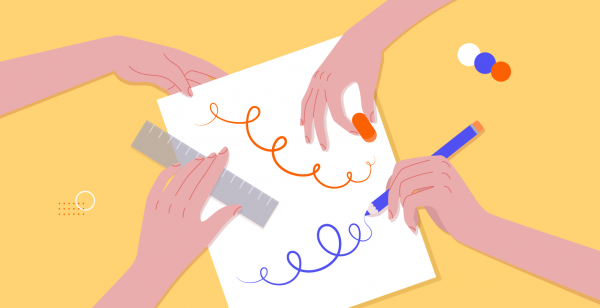
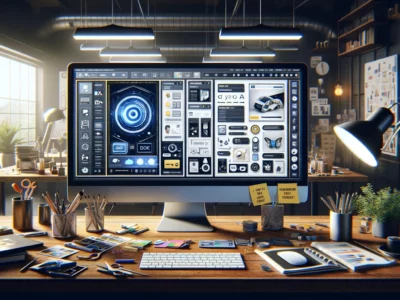
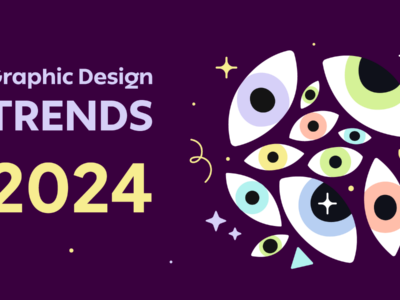
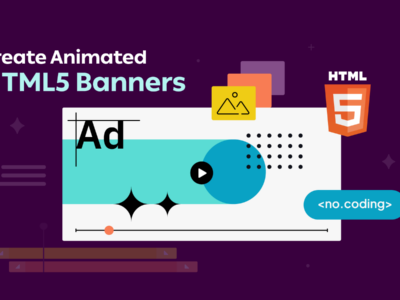
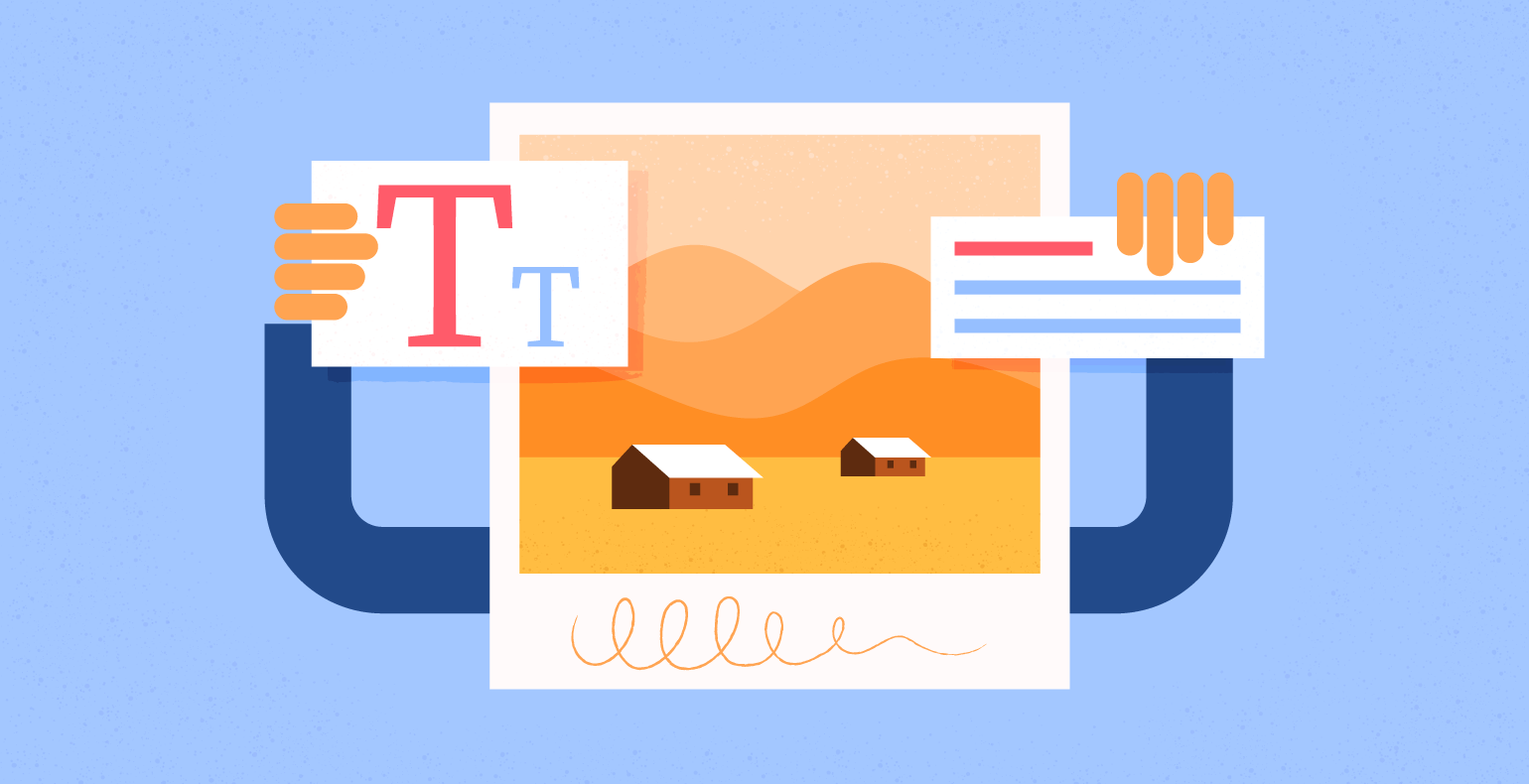
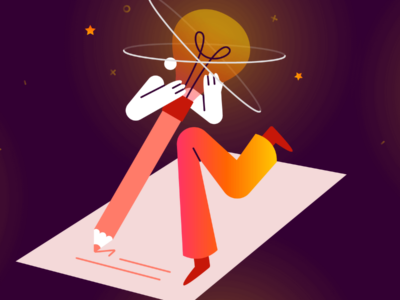
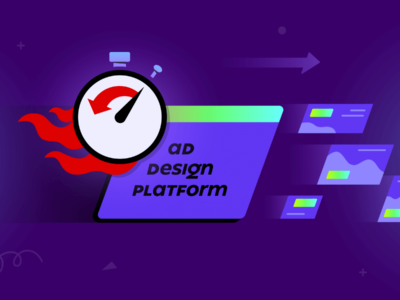





Hi Amalia, thanks for sharing your expertise on collaboration in design. Indeed, collaboration design is the epicenter of the creative industries, and with the right tools, it can turn into online graphic design collaboration, making the whole process easier to handle.